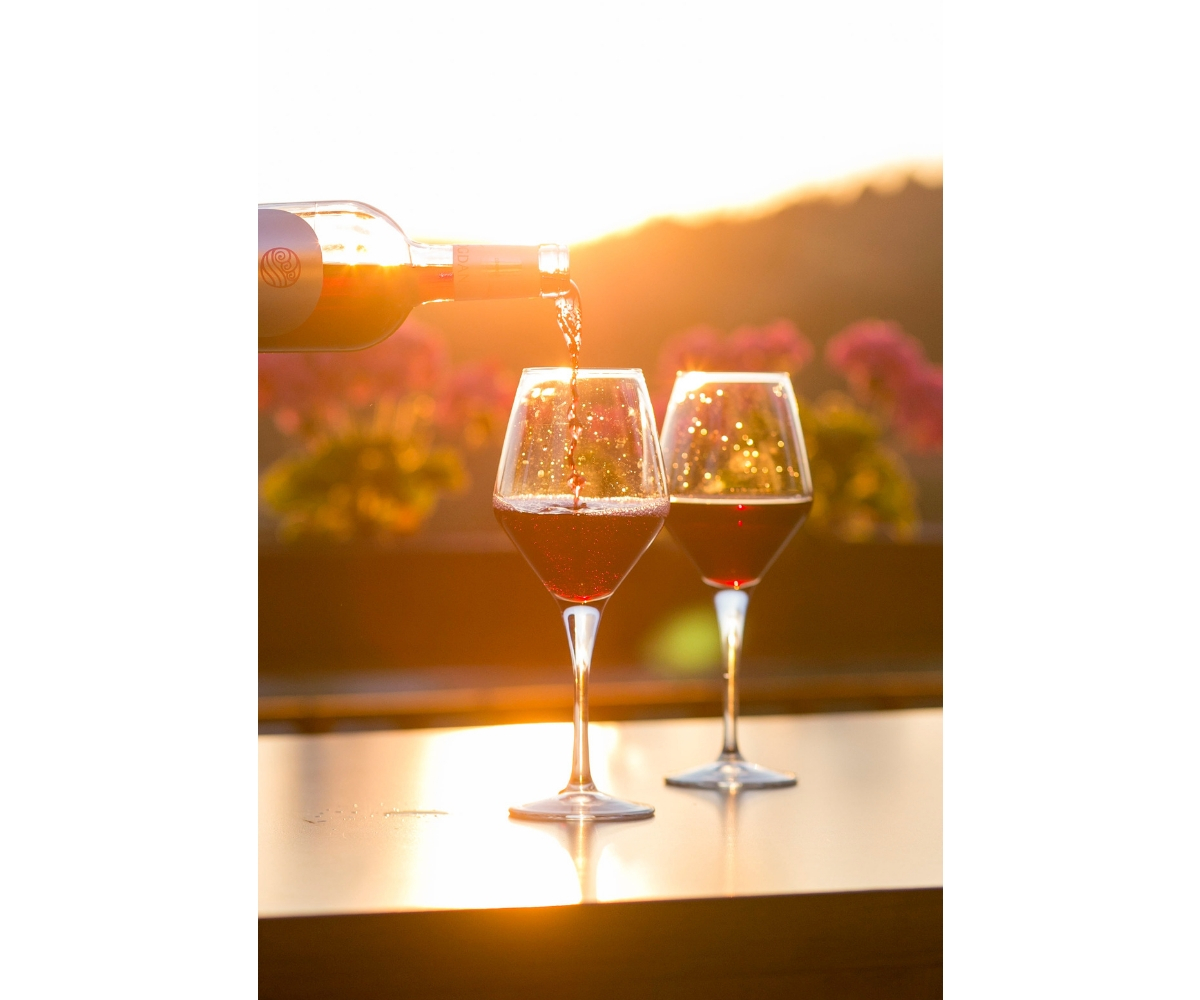From Fiasco to Love Affair

It was a fiasco in more ways than one, but the bulb-like bottle wrapped in straw became synonymous with a decline in quality through the 1990s. It ended the consumer’s love affair with the Italian Chianti style.
Through the 1960s and 1970s, the Tuscans enjoyed enormous commercial success with their Chianti blend, but loose rules, a drive to increase production and maximise profits saw the straw-wrapped bottle (called a “fiasco” in Italy) fall out of favour with wine drinkers around the globe.
Until 1996, the Italian rules allowed a Chianti wine to contain up to 20 per cent of white wine grapes. These white varietals were usually Trebbiano, Vermentino or Malvasia and could be produced more cheaply and in greater quantity than reds such as Sangiovese, cabernet or merlot. As a result, a practice developed of winemakers blending the maximum allowable amount of whites, but at the cost of quality. Unsurprisingly, the white grapes diluted the intensity of the cherry characters that were the main attraction of the Chianti style.
By the late 1970s, a group of insurgent winemakers decided to flout the rules and produce wines which they called “Super Tuscans” and sold them without the imprimatur of a classification by the regulatory body. These wines were still based on the indigenous Sangiovese grape but blended with cabernet, merlot and cabernet franc to create wines reminiscent of the very popular Bordeaux blends. And the success was quite immediate. Consumers, wine critics and sommeliers alike endorsed the “Super Tuscan” brand and by 1992, the style was granted its own designation, IGT (Indica zione Geografica Tipica).
But even the conservatives of the Italian regulatory body were prepared to acknowledge the error of their ways, and since 2006, the regulations for Chianti have required a minimum of 75-90 per cent Sangiovese, up to 10 per cent Canailo Nero, 10 per cent other red varietals and permitted only 5-10 per cent of white grape varietals.
Since 1984, the Chianti region has been split into two subregions – Chianti Classico and the Greater Chianti region. Separate rules have been created for each.
The 2006 rule changes have meant that for Chianti Classico, winemakers must not use any white wines as a blend and must use at least 80 per cent sangiovese and up to 20 per cent other red varietals. No white wines whatsoever may be blended in the Classico process.
So against this historical background, it probably isn’t surprising that we don’t see many straw fiascos on bottle shop shelves these days. And if your palette eschewed chianti in those pre-1996 days of adulterated, light bodied but tannic slop that masqueraded as a table wine wrapped in straw, my advice is “don’t hold grudges”.
These days, the Chianti Classico is both palate-pleasing and cellar worthy. And there are plenty of terrific examples of the style, like the Rocca di Castagnoli Chianti Classico 2013.
There are dusty hints of violet and clove on the nose but cavalcades of cherries and raspberries once the wine hits the front of your palette. The fruit is tightly constrained on its journey by natural acidity and bold tannins, though nuances of tobacco and vanilla manage to tingle on the taste buds before a dry and savoury conclusion.
The tannins are muscular and those, together with the ample acids, will assist the Rocca di Castagnoli to withstand decades in the cellar. If you’re looking to enjoy it now, allowing an hour in a decanter will always help it to put its best foot forward.